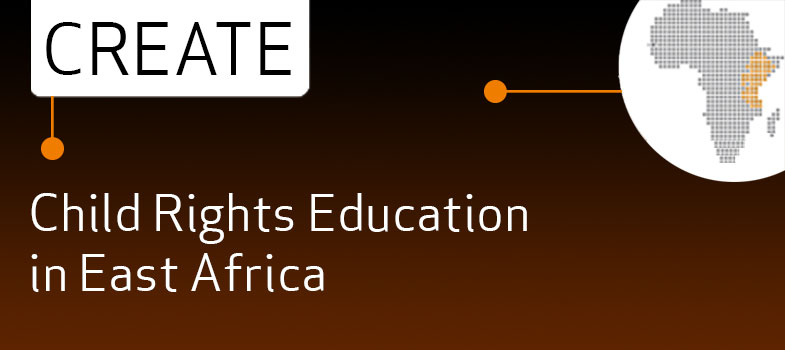Adults’ and children’s rights
In the same way that adults and children’s needs have similarities and differences, children have rights, which are both similar and different to adult rights.
Activity 3.3: Recognising important children’s rights
Below is a list of human rights. Do you think each right is more significant for children, more for adults, or equally significant to both children and adults? In each case, why do you think this is?
- the right to life
- the right to health
- the right to have a nationality
- the right to vote
- the right to be protected from harmful social or cultural practices
- the right to express opinions freely
- the right to privacy.
Are any of these rights the same or similar to human needs?
Discussion
You need to consider the following in addressing these rights:
- The right to life is a right to survival, protection and development. In particular, it protects people from being harmed, hurt or even killed by other people. This is equally important to children and adults. However, very young children are more vulnerable so will need more protection to ensure their right to life.
- The right to health is equally important for everyone, but children are vulnerable to childhood diseases and they require particular care, nutrition and support to achieve optimum physical and psychological development. The right to health is therefore particularly important for children, because, for example, children cannot reverse stunting as a consequence of poverty and malnutrition, they cannot recover from preventable disabilities, and nor can they reclaim the valuable years of growth and development later in life.
- The right to have a nationality means that every person should be able to say they belong to a nation. This may be important to a child if there is conflict in a country and they need to seek safety. It may become more important when children reach adulthood if they are seeking work or financial assistance from authorities.
- The right to vote is usually restricted to adults in any society. Some countries have introduced the right to vote in local, or even national elections at 16 years, but in most countries, voting is a right that comes into being at the age of majority, which is usually 18 years.
- Harmful social or cultural practices include all traditional, customary or religious practices that are injurious to physical, psychological or social health or well-being, including for example forced marriages and female genital mutilation. Children are clearly more vulnerable than adults, often being unable to challenge the decisions of adults. This right is therefore especially important to children.
- Everyone has a right to be able to express his or her opinion, providing the same rights of others are respected and this is not done unlawfully. Children develop their capabilities to communicate as they get older, so this right will become increasingly important. This right is equally important to boys and girls, rich and poor, to children with disabilities, and children from all ethnic, cultural and social backgrounds.
- The right to privacy is important to both adults and children, but parents or guardians must exercise supervision over the conduct of children. It is reasonable for younger children to have less privacy and more supervision, and for older children to have greater privacy and less supervision.
It should be clear by now that rights are strongly associated with needs. Earlier we talked about the need for access to health services, and above we have indicated that people have a right to health. We also talked earlier about the need to be protected from abuse. The right to protection from harmful social or cultural practices will help to meet this need.
Some rights, such as the right to have a nationality, and the right to be able to express opinions freely, may seem less important as they are less immediate, when compared to needs such as the need for shelter and clothing. However, they are important in helping an individual to be recognised and to thrive in the community and wider society.
In summary then, it is important that you, as a health worker, understand the relationship between needs and rights. Needs and rights are not the same, but they are closely related. Many needs are enshrined in rights and, children in particular, have a right to have their needs met. There are international agreements about children’s rights that you will look at in detail in Module 2. Rights are important in promoting optimal health and development of all children. The following table provides an overview of the differences between needs and rights:
| Basic needs approach | Human rights approach |
|---|---|
| Needs are met or satisfied | Rights are realised (respected, protected, facilitated, and fulfilled) |
| Needs do not place duties or obligations on anyone | Rights always mean that there is a duty or obligation to make sure the right is realised |
| Needs are not necessarily universal | Human rights are always universal |
| Needs can be ranked in a hierarchy of priorities | Human rights do not have priorities. They are seen to be interdependent. All of them must be realised |
| Needs can be met through charity | Charity is optional whereas rights involve duty or obligation |
| It is seen as acceptable to state that ‘80% of all children have had their needs met to be vaccinated’ | In a human rights approach, this means that 20% of all children have not had their right to be vaccinated realised |
3.4 Understanding children’s rights
